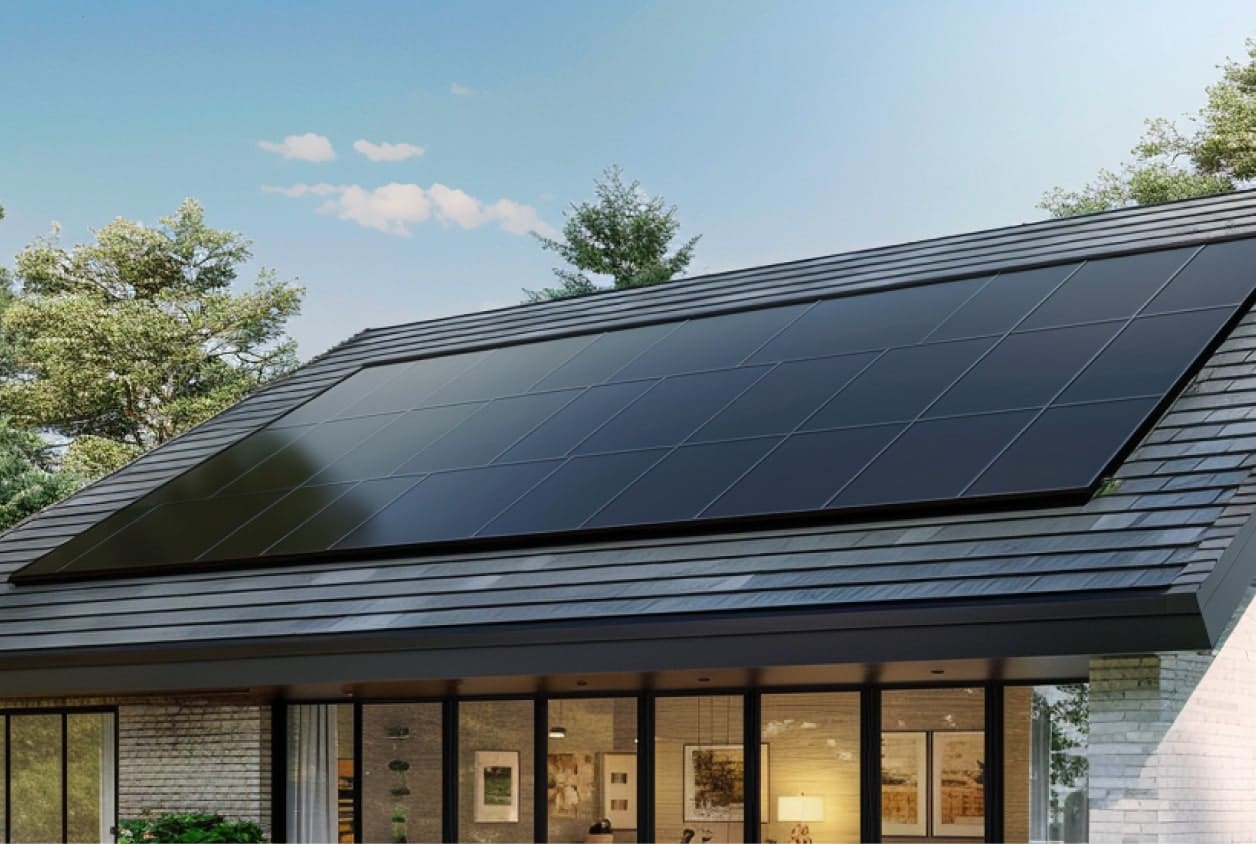China’s Wind Power Expansion: A Commitment to Sustainable Development Goals
Executive Summary: Aligning Energy Policy with Global Sustainability
In a significant policy development contributing to the global pursuit of the Sustainable Development Goals (SDGs), China has announced ambitious new targets for wind power capacity. The “Beijing Declaration on Wind Energy 2.0,” issued at the 2025 China Wind Power event, outlines a strategic vision that directly supports SDG 7 (Affordable and Clean Energy) and SDG 13 (Climate Action). This report details these new targets, their context, and the associated infrastructural and innovative measures required for their successful implementation, which also align with SDG 9 (Industry, Innovation, and Infrastructure).
Advancing SDG 7: New Targets for Clean Energy Generation
China has substantially increased its renewable energy targets, demonstrating a firm commitment to increasing the share of clean energy in its national energy mix, a core objective of SDG 7. The new goals represent a more than twofold increase over previous commitments.
- Annual Installation Target (2026-2030): A minimum of 120 GW of new wind power capacity is to be added annually, which includes at least 15 GW of offshore wind. This surpasses the previous annual goal of 50 GW set in 2020.
- Total Installed Capacity Goal (2030): The nation aims for a total installed wind power capacity of 1.3 TW by 2030, a significant increase from the 800 GW target set in the first Beijing Declaration.
- Long-Term Capacity Goal (2035): A target of at least 2 TW of total installed wind capacity has been set for 2035.
Progress has already outpaced earlier expectations, with an average of over 60 GW of wind power added annually between 2020 and 2024, exceeding the 50 GW target.
Bolstering SDG 13: Contribution to National Climate Action
These expanded wind power targets are integral to China’s Nationally Determined Contribution (NDC) and its broader strategy to combat climate change under SDG 13. By transitioning to renewable energy sources, China aims to significantly reduce its carbon emissions.
- Updated NDC Pledge: By 2035, China’s combined solar and wind capacity is projected to reach approximately 3,600 GW.
- Independent Analysis: External analysis, such as that from the Centre for Research on Energy and Clean Air (CREA), suggests that China could potentially achieve 4,500 GW of combined wind and solar capacity by 2035, indicating the current official targets may be conservative.
Fostering SDG 9: Innovation and Infrastructure Modernization
The realization of these targets necessitates significant investment in sustainable infrastructure and industry innovation, directly contributing to SDG 9. The government’s strategy focuses on both expanding generation capacity and modernizing the energy system to manage it.
Government Strategic Initiatives
- Accelerating renewable energy projects in desert regions.
- Promoting the large-scale development of offshore wind power.
- Expanding integrated “wind+” models, such as combining wind power with energy storage (wind-plus-storage) and hydrogen production (wind-to-hydrogen).
Infrastructural Challenges and Requirements
Experts, including Li Sheng of the Hydropower and Water Resources Planning and Design Institute, highlight the critical need for a modernized power system to integrate the massive influx of variable renewable energy. Key areas for development include:
- Enhancing grid flexibility to manage fluctuating power supplies.
- Accelerating the development of renewable energy storage solutions.
- Coordinating power generation, grid infrastructure, load management, and storage to ensure reliable electricity delivery.
1. SDGs Addressed in the Article
-
SDG 7: Affordable and Clean Energy
The article is centered on China’s massive expansion of wind power, a key source of clean and renewable energy. The ambitious targets to add 120 GW of new wind capacity annually and reach 1.3 TW by 2030 directly support the goal of increasing the share of renewable energy in the national energy mix.
-
SDG 13: Climate Action
The expansion of renewable energy is a primary strategy for mitigating climate change. The article explicitly links these efforts to China’s updated Nationally Determined Contribution (NDC), a core component of national climate action plans under the Paris Agreement. By setting aggressive wind power goals, China is taking concrete steps to reduce its reliance on fossil fuels and combat climate change.
-
SDG 9: Industry, Innovation, and Infrastructure
The article discusses significant investments in infrastructure and innovation. This includes the development of offshore wind farms, the promotion of “wind+” models like wind-plus-storage and wind-to-hydrogen, and the need to build a new power system with greater grid flexibility and modernized systems. These actions align with the goal of building resilient infrastructure and fostering sustainable industrialization and innovation.
2. Specific SDG Targets Identified
-
Target 7.2: By 2030, increase substantially the share of renewable energy in the global energy mix.
The article directly addresses this target by detailing China’s plans to significantly increase its wind power capacity. The specific goals mentioned—such as adding 120 GW annually and reaching a total installed capacity of 1.3 TW by 2030—are concrete measures to substantially raise the proportion of renewable energy in its national energy system.
-
Target 13.2: Integrate climate change measures into national policies, strategies and planning.
The article highlights how China is embedding climate action into its national planning. The wind power goals are part of the upcoming 15th five-year plan (2026-2030) and are linked to its updated Nationally Determined Contribution (NDC). This demonstrates the integration of climate mitigation strategies into high-level national policy.
-
Target 9.4: By 2030, upgrade infrastructure and retrofit industries to make them sustainable, with increased resource-use efficiency and greater adoption of clean and environmentally sound technologies and industrial processes.
This target is reflected in the discussion about modernizing the power grid to handle large amounts of fluctuating renewable energy. The article mentions the need for a “new power system that coordinates power generation, grid, load and storage,” promoting grid flexibility, and developing renewable energy storage. The “wind-to-hydrogen” model is a clear example of adopting innovative and clean technologies.
3. Indicators for Measuring Progress
-
Indicator related to 7.2.1 (Renewable energy share in the total final energy consumption):
The article provides direct quantitative data that serves as a proxy for this indicator. The specific metrics mentioned can be used to track progress:
- Annual new wind power capacity added (Goal: 120 GW annually from 2026-2030).
- Total installed wind power capacity (Goals: 1.3 TW by 2030, 2 TW by 2035).
- Combined solar and wind capacity (Goal: ~3,600 GW by 2035).
These figures directly measure the growth of renewable energy infrastructure, which is essential for increasing its share in the energy mix.
-
Indicator related to 13.2.2 (Total greenhouse gas emissions per year):
While the article does not mention specific emission reduction figures, the massive scale of the wind power expansion implies a significant effort to reduce greenhouse gas emissions. The increase in installed renewable capacity (e.g., 1.3 TW by 2030) can be used as an indirect or leading indicator for progress toward reducing emissions from the power sector.
-
Indicator related to 9.4.1 (CO2 emission per unit of value added):
The article implies progress toward this indicator through its focus on technological and infrastructural upgrades. The development of “wind+” models, such as wind-plus-storage and wind-to-hydrogen, and the modernization of the power grid to improve efficiency are all measures that would lower the carbon intensity of the energy system and, by extension, the economy.
4. Summary Table: SDGs, Targets, and Indicators
| SDGs | Targets | Indicators |
|---|---|---|
| SDG 7: Affordable and Clean Energy | Target 7.2: Increase substantially the share of renewable energy in the global energy mix. |
|
| SDG 13: Climate Action | Target 13.2: Integrate climate change measures into national policies, strategies and planning. |
|
| SDG 9: Industry, Innovation, and Infrastructure | Target 9.4: Upgrade infrastructure and retrofit industries to make them sustainable… with greater adoption of clean and environmentally sound technologies. |
|
Source: dialogue.earth







